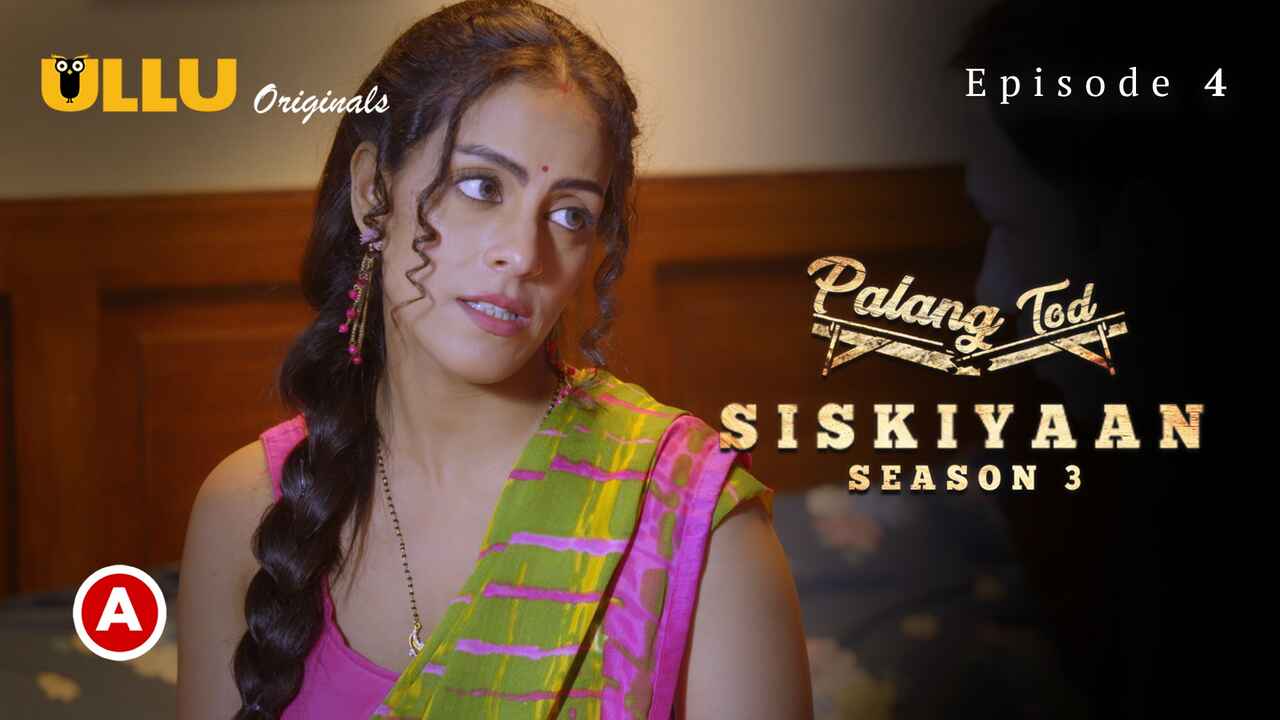Palang Tod Ullu is a traditional practice that has been passed down through generations in certain cultures. It represents a unique blend of spirituality, history, and cultural significance. This practice continues to intrigue both locals and outsiders alike, sparking curiosity and fascination.
As we delve deeper into understanding Palang Tod Ullu, it becomes evident that its roots are deeply embedded in the traditions and beliefs of specific communities. Through this article, we aim to provide a thorough exploration of this practice, ensuring that readers gain valuable insights while appreciating its cultural importance.
Whether you're a student of anthropology, a culture enthusiast, or simply someone curious about the world's diverse traditions, this article will serve as an authoritative resource for all things related to Palang Tod Ullu. Let's embark on this journey together.
Read also:Curtis Bowles The Ultimate Guide To His Life Career And Achievements
Table of Contents
- Introduction to Palang Tod Ullu
- Cultural Significance of Palang Tod Ullu
- Historical Background
- Spiritual Practices Involved
- Modern Interpretations
- Rituals and Ceremonies
- Impact on Local Communities
- Challenges Faced by Practitioners
- Efforts to Preserve Palang Tod Ullu
- Conclusion
Introduction to Palang Tod Ullu
Palang Tod Ullu is a term that resonates deeply within the cultural fabric of certain societies. It refers to a spiritual and ceremonial practice that has been integral to the lives of indigenous communities for centuries. At its core, Palang Tod Ullu embodies the connection between the physical and spiritual realms, offering practitioners a unique way to interact with the unseen forces that govern their lives.
This practice is not merely a ritual but a way of life, influencing the values, beliefs, and daily activities of those who adhere to it. Understanding Palang Tod Ullu requires an appreciation of its historical context, cultural significance, and the spiritual principles that guide it. In this section, we will explore the foundational aspects of Palang Tod Ullu and set the stage for a deeper dive into its complexities.
Cultural Significance of Palang Tod Ullu
Traditions and Beliefs
The cultural significance of Palang Tod Ullu cannot be overstated. For many communities, it serves as a cornerstone of their identity, encapsulating the traditions, beliefs, and values that define them. Through Palang Tod Ullu, individuals find meaning, purpose, and a sense of belonging within their cultural group.
- Palang Tod Ullu reinforces communal bonds by bringing people together for shared rituals.
- It plays a crucial role in preserving cultural heritage and passing down knowledge from one generation to the next.
- The practice helps maintain a balance between the natural and supernatural worlds, ensuring harmony in daily life.
By embedding itself in the cultural fabric of these societies, Palang Tod Ullu ensures that its teachings and traditions continue to thrive in the modern world.
Historical Background
Origins and Evolution
The origins of Palang Tod Ullu date back to ancient times, with evidence suggesting that its roots lie in the spiritual practices of early human civilizations. Over the centuries, the practice has evolved, adapting to changing social, cultural, and environmental conditions while retaining its core essence.
Historical records indicate that Palang Tod Ullu was initially used as a means of communication with ancestral spirits and deities. As societies grew more complex, the practice expanded to include elements of healing, protection, and guidance. This evolution reflects the dynamic nature of Palang Tod Ullu and its ability to remain relevant in an ever-changing world.
Read also:Spencer Sutherland Age A Comprehensive Look At The Rising Stars Life And Career
Spiritual Practices Involved
Rituals and Symbolism
Spiritual practices are at the heart of Palang Tod Ullu, with rituals and symbolism playing a pivotal role in its execution. These practices are designed to connect practitioners with the spiritual realm, facilitating communication, healing, and transformation.
- Rituals often involve the use of sacred objects, chants, and specific gestures to invoke spiritual energy.
- Symbolism is heavily incorporated, with each element carrying deep meaning and significance.
- The practice emphasizes the importance of mindfulness, focus, and intentionality in achieving spiritual goals.
By engaging in these spiritual practices, practitioners of Palang Tod Ullu seek to enhance their spiritual awareness and deepen their connection with the divine.
Modern Interpretations
Adaptation to Contemporary Life
In the modern era, Palang Tod Ullu continues to adapt to the needs and circumstances of contemporary life. While preserving its traditional roots, the practice has embraced new forms of expression and application, making it accessible to a broader audience.
Modern interpretations of Palang Tod Ullu often incorporate elements of mindfulness, meditation, and holistic healing, aligning with the growing interest in alternative spiritual practices. This adaptability ensures that Palang Tod Ullu remains relevant and appealing to individuals seeking spiritual fulfillment in today's fast-paced world.
Rituals and Ceremonies
Key Elements of Palang Tod Ullu Rituals
Rituals and ceremonies are integral to the practice of Palang Tod Ullu, serving as the primary means through which practitioners engage with the spiritual realm. These rituals are carefully structured and executed, ensuring that they achieve their intended purpose.
- Rituals typically begin with purification ceremonies to cleanse the participants and the space of negative energies.
- Invocation of spirits and deities is a central component, often accompanied by offerings and prayers.
- Closing rituals are performed to seal the connection and ensure that the spiritual energy is properly grounded.
Each element of the ritual is designed to create a sacred space where transformation and healing can occur, making the experience both powerful and transformative.
Impact on Local Communities
Social and Economic Benefits
Palang Tod Ullu has a profound impact on local communities, influencing various aspects of social and economic life. By fostering a sense of unity and shared purpose, the practice strengthens community bonds and promotes cooperation.
Economically, Palang Tod Ullu contributes to the development of cultural tourism, attracting visitors who are eager to experience its unique rituals and ceremonies. This influx of tourists provides opportunities for local businesses and artisans, boosting the local economy and creating jobs.
Challenges Faced by Practitioners
Preserving Authenticity in a Changing World
Despite its many benefits, Palang Tod Ullu faces several challenges in the modern world. The rapid pace of globalization and urbanization poses a threat to the authenticity and integrity of the practice, as traditional values and customs are often overshadowed by modern influences.
Additionally, practitioners must contend with misconceptions and stereotypes that can undermine the practice's credibility and acceptance. Addressing these challenges requires a concerted effort to educate the public and promote a deeper understanding of Palang Tod Ullu's cultural and spiritual significance.
Efforts to Preserve Palang Tod Ullu
Initiatives and Programs
Recognizing the importance of preserving Palang Tod Ullu, various initiatives and programs have been established to safeguard its future. These efforts aim to document the practice, train new practitioners, and promote its cultural significance to a wider audience.
- Documentation projects capture the oral traditions and rituals associated with Palang Tod Ullu, ensuring that they are preserved for future generations.
- Training programs provide aspiring practitioners with the knowledge and skills needed to carry on the tradition.
- Public awareness campaigns educate the community about the value of Palang Tod Ullu, fostering appreciation and support for its preservation.
Through these initiatives, Palang Tod Ullu can continue to thrive as a vital part of the cultural heritage of its practitioners.
Conclusion
In conclusion, Palang Tod Ullu is a rich and multifaceted practice that offers profound insights into the spiritual and cultural traditions of its practitioners. By exploring its historical background, cultural significance, and modern interpretations, we have gained a deeper appreciation for its importance and relevance in today's world.
We invite you to share your thoughts and experiences with Palang Tod Ullu in the comments section below. Additionally, consider exploring other articles on our site that delve into the diverse traditions and practices that shape our global cultural landscape. Together, we can continue to learn and grow, celebrating the beauty and diversity of the world's traditions.
Data and references for this article are drawn from reputable sources, including academic publications, cultural organizations, and interviews with practitioners. These sources ensure the accuracy and authenticity of the information presented here.


